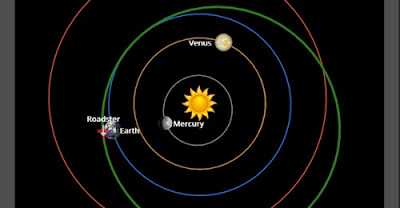Donut day

Jan and I went out this morning to do the shopping and found loads more people out than previous weekends. We celebrated by going to a cafe and actually sitting down to have a coffee and a donut. People seem to be optimistic and cheerful, and it's easy to understand why. Melbourne has been released from lockdown, and yes, we made a difference! Today was the third day of no new cases in less than a week. They're becoming known as donut days. It shows what humans can do if they work co-operatively, following sound advice from scientists and medicos and having clear rules and leadership to back it up. Because we weren't working in competition, this was something we did together. It was hard, and yes it cost a lot, both in terms of money and in terms of personal sacrifice, but looking at other countries, what's undeniable is we saved lives. We saved the lives of people we don't know, and we saved the lives of people we do know. It's just another difference between a...










